All about self-contained self-rescuers
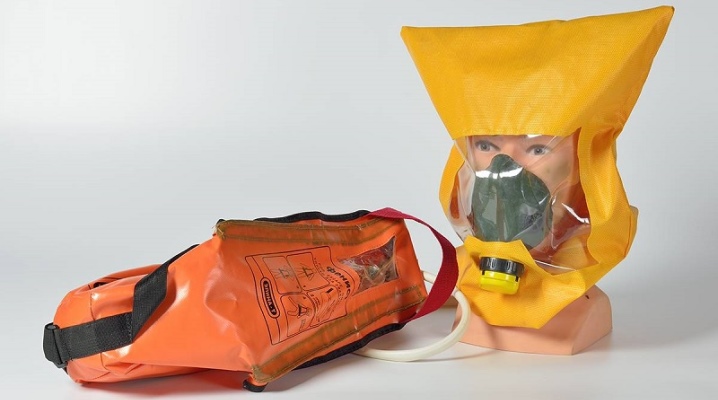
A variety of household and industrial personal protective equipment (PPE) has been developed to protect the respiratory system. They significantly increase the chances of survival in the event of various accidents involving the release of substances hazardous to health into the air. The insulating self-rescuer is one of the most effective means of protection. Consider the technical characteristics of such devices, their purpose, principle of operation and other features.
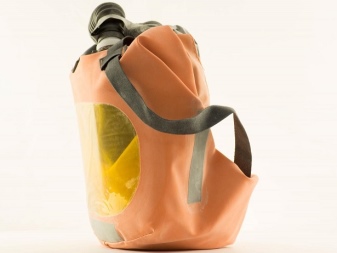
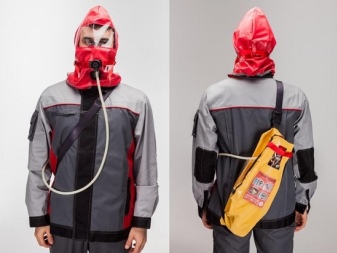
Features and types
Self-rescuers are products that protect the respiratory system, eyes, as well as the skin of the face and neck of a person from combustion products and other toxic components. Visually, they look like hoods equipped with viewing screens to provide visibility to a person. For their manufacture, materials are used that are resistant to high temperatures and can reflect thermal energy. Self-contained self-rescuers prevent people from coming into contact with contaminated air. Their principle of action is designed to completely isolate the respiratory organs and eyes from the external environment. These PPE are equipped with a cylinder of compressed air or chemically bound oxygen (depending on the model). Through it, clean air is supplied to the mask.
Self-rescuers of the insulating type are general and special purpose. The first models were created for use by civilians. They are designed for self-evacuation from smoky buildings in which a fire has occurred. Specialized protective equipment is used by specialists who are entrusted with the task of rescuing people in case of emergencies.
The principle of operation of some models is to supply oxygen on a constant basis to a protective hood, while others - in a pulmonary-automatic supply (exhaled carbon dioxide enters the environment).

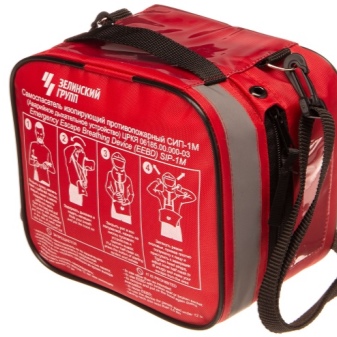
Advantages of insulating self-rescuers:
- reliable respiratory protection both from carbon monoxide generated during fires, and from any hazardous chemical compounds;
- ability of materials withstand high temperatures and not flammable;
- no heating, due to which the risks of damage to the skin are excluded;
- universal size (thanks to the use of elastic materials, the same PPE is suitable for both the child and the adult).
Self-rescuers of the insulating type are maintenance-free. They are quite effective and easy to use. However, they have some disadvantages. For example, such PPE is not repairable and is designed for one use. A significant disadvantage is limited action. The time for which most self-contained self-rescuers are designed varies from 20 to 40 minutes.
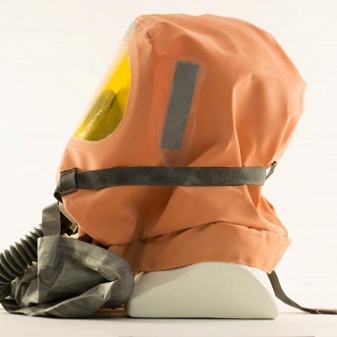
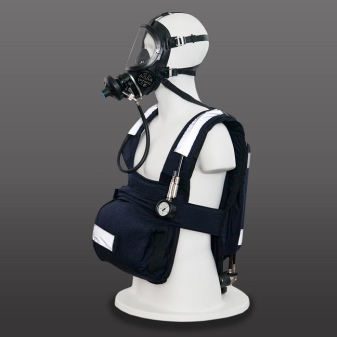
Appointment
The scope of application of self-contained self-rescuers is extensive. They are used in the following cases:
- when evacuating people in case of fires in premises of any purpose (residential, administrative, industrial, commercial and other types of buildings);
- during evacuation during accidents, components associated with the release of life-threatening components into the air;
- when taking people out of mines in the event of a violation or interruption of the air supply.
In addition, the self-rescuers can be used under water, as well as in confined spaces in the absence of oxygen.
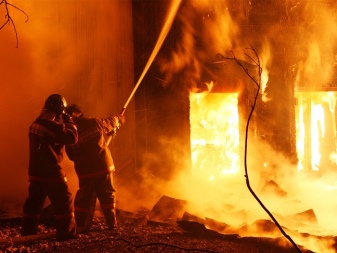
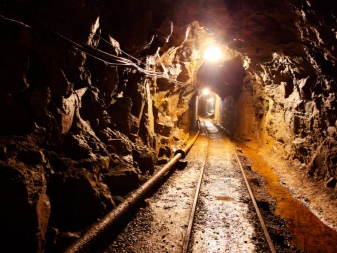
Specifications
Different models of self-contained self-rescuers have different technical parameters.One of the most important characteristics that you should first of all pay attention to when buying PPE is the capacity of the cylinder. The parameter directly affects the protection time. Most models are rated for no more than 40 minutes. However, there are also more "capacious" tools that can maintain functionality for 1.5-2 hours.
Note! The period of protection depends not only on the volume of the balloon, but also on the respiratory rate and activity of the person (for example, at rest, while waiting for the help of rescuers, the protection will last longer than during active actions).
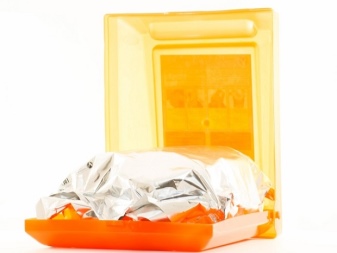
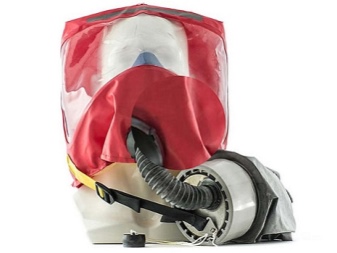
Other important technical characteristics include:
- the weight a complete set - ranges from 1.5 to 4 kg;
- optimal temperature indicators - most models are designed for operation at temperatures up to +60 degrees, however, there are protective equipment designed for operation at 200 degrees, but not more than 1 minute;
- dimensions;
- time of action self-rescuer during active work.
Almost all considered protective equipment can be stored for at least 5 years in a state of pending use.
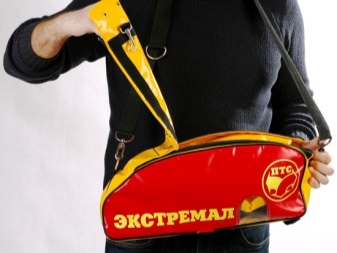

Models
Isolating self-rescuers are available in a wide range. Let's consider the most popular models and their technical parameters.
- "Extreme-Pro". It is a self-contained breathing apparatus designed for use in the evacuation of people from smoke-filled buildings. Designed for 25 minutes. The "Extreme" protective equipment is completed with a bright bag, which makes it easy to find in low light conditions. It can be operated at temperatures from -40 to +60 degrees. PPE weighs no more than 5 kg, its service life is 10 years.

- "SPI-20"... Protective equipment weighing no more than 1.5 kg. It can be operated at temperatures from 0 to +60 degrees. The time of action during active work is 20 minutes, while waiting for help - no more than 40.
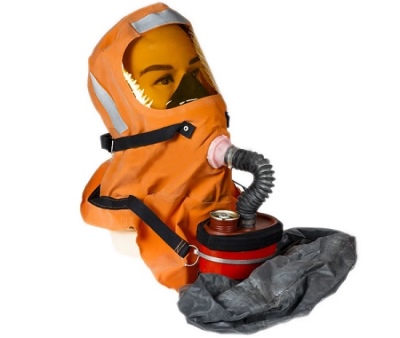
- "SPI-50". The protective effect ranges from 20 minutes to 2 hours. Can be used at 200 degrees for 60 seconds. PPE weighs 2.5 kg and is designed for 5 years of storage pending use.
When purchasing this or that model, you must first of all pay attention to its technical characteristics.
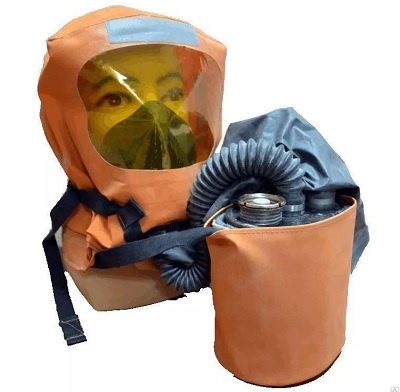
How to use?
When evacuating in the event of fire or accidents, it is necessary to act not only correctly and with the utmost accuracy, but also as quickly as possible. First of all, you need to get the mask out of the sealed package. After that, you should stretch the elastic opening of the hood with your hands and put it over your head (in this case, the hair must be removed under the collar). When properly positioned, the filter will face the respiratory organs. The mask should fit snugly. To prevent the ingress of contaminated air from the environment, it is worth making sure that the clothing does not interfere with the snug fit of the hood.
Most types of self-rescuers are equipped with adjusting belts, with the help of which you can adjust the collar size to your liking. In the event of an emergency, you must always remember that you need to evacuate as quickly as possible.... The time for evacuation measures should not exceed the time for which the action of the self-rescuer is designed. If personal protective equipment is stored for a long time, it is necessary to periodically inspect the filter elements and breathing cartridges. If problems are found, they must be replaced with new ones.
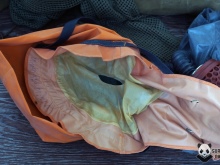
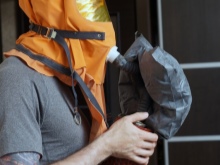
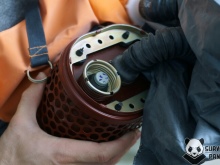
In the next video, you will find a detailed review of the ShSS-T self-contained mine self-rescuer.











The comment was sent successfully.